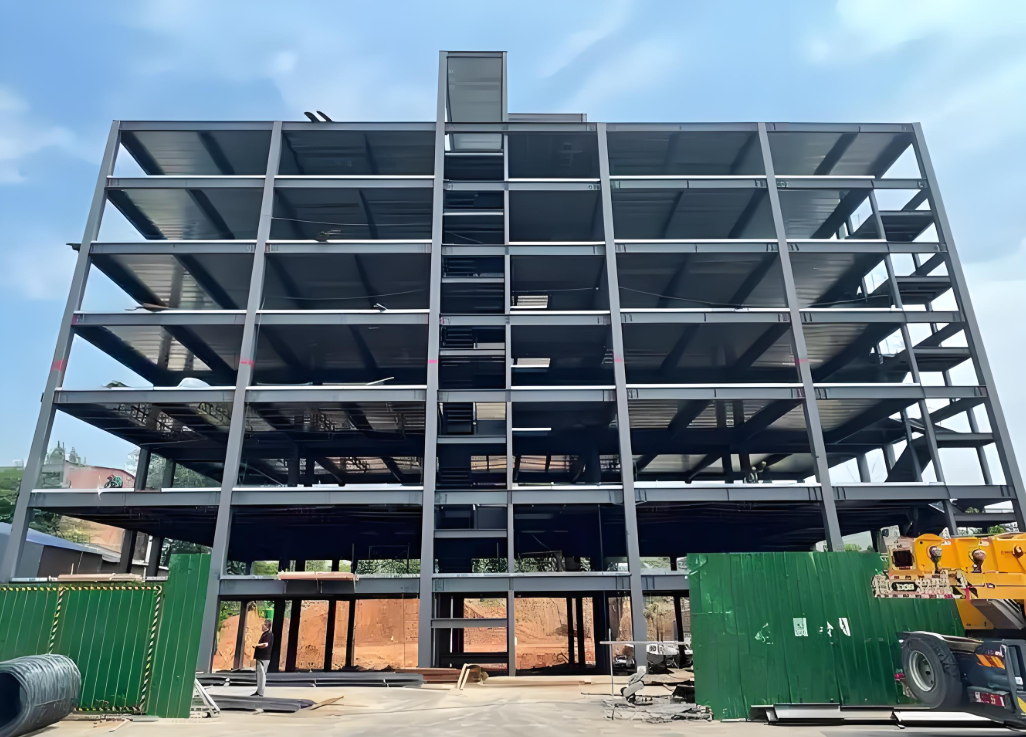Corrosion Protection Methods for Steel Components in Steel Structure Factory Buildings

With today's poor air quality, steel structures—especially those permanently exposed outdoors—face significant corrosion challenges. Steel factory buildings, widely used in industrial facilities for their large-span designs accommodating heavy machinery and spacious layouts, offer rapid construction advantages. However, their inherent weakness lies in corrosion susceptibility. Below are two primary anticorrosion methods:
1. Hot Spray Aluminum (Zinc) Composite Coating
This long-lasting method involves:
- Surface preparation: Sandblasting to remove rust and create a textured metal surface.
- Thermal spraying: Melting aluminum/zinc wires with an acetylene-oxygen flame and spraying the molten particles onto components using compressed air, forming an 80–100μm porous coating.
- Sealing: Filling micropores with epoxy resin or chloroprene rubber paint to create a composite barrier.
Note: This method cannot protect tubular components' inner walls. Hermetic sealing at both ends is required to prevent internal corrosion.
2. Paint Anticorrosion Treatment
A three-layer paint system is essential:
- Primer: Forms adhesion and initial corrosion resistance.
- Intermediate coat: Enhances protection thickness.
- Topcoat: Provides weather resistance and aesthetics.
Selecting premium-grade paints tailored to factory environments is critical for maximizing corrosion resistance.
Key Advantages
Both methods balance durability with industrial practicality, addressing steel structures' vulnerability while maintaining cost-effectiveness for large-scale facilities.



